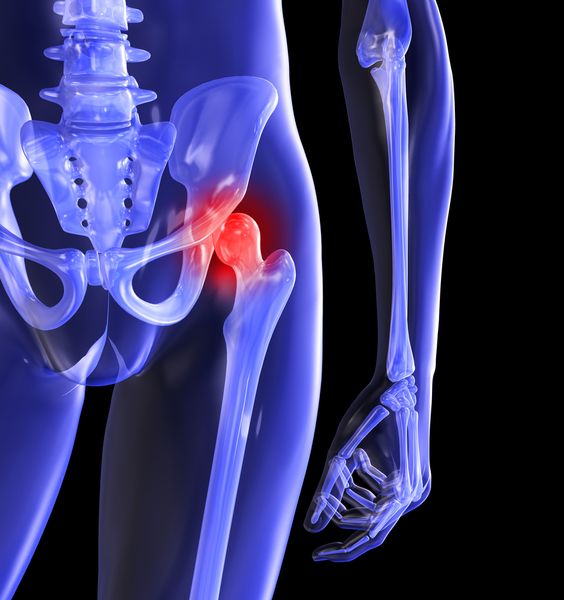Introduction
Hip resurfacing is a surgical procedure that replaces the damaged surfaces of the hip joint with smooth metal implants. It is an alternative to total hip replacement for patients with certain types of hip pain, typically caused by osteoarthritis. Unlike total hip replacement, which replaces both the ball and socket of the hip joint, hip resurfacing only replaces the damaged surfaces while preserving more of the natural bone.

Hip resurfacing aims to relieve pain, improve mobility, and help you return to a more active lifestyle. It is typically considered for younger, more active individuals who have not responded well to non-surgical treatment options and want to delay or avoid total hip replacement. However, hip resurfacing may not be suitable for everyone, and it carries its own set of potential benefits and risks.
Benefits of Hip Resurfacing
Hip resurfacing offers several potential advantages over total hip replacement, especially for younger and more active individuals. Some of the key benefits include:
-
Bone Preservation: Hip resurfacing preserves more of the natural bone compared to total hip replacement. This is because the femoral head is reshaped and capped rather than completely removed.
-
Faster Recovery: Many patients experience a faster recovery time after hip resurfacing compared to total hip replacement.
-
Improved Range of Motion: Hip resurfacing may provide a greater range of motion compared to total hip replacement.
-
Reduced Risk of Dislocation: The larger size of the implants used in hip resurfacing can contribute to a lower risk of dislocation.
Risks and Complications
As with any surgical procedure, hip resurfacing carries potential risks and complications. It's essential to discuss these risks thoroughly with your surgeon to make an informed decision. Some possible complications include:
-
Fractures: There is a risk of bone fracture during or after surgery.
-
Implant Loosening: Over time, the implants used in hip resurfacing may loosen, causing pain and requiring revision surgery.
-
Metal Ion Release: The metal components of the implants can release small amounts of metal ions into the bloodstream. While the long-term effects of this are still being studied, it is a potential concern.
-
Other Complications: As with any surgery, there are general risks associated with anesthesia, infection, blood clots, and nerve damage.
Conclusion
Hip resurfacing is a surgical option that can provide significant pain relief and improved mobility for individuals with certain hip conditions. It offers potential benefits over total hip replacement, such as bone preservation and faster recovery. However, it's crucial to carefully consider the potential risks and complications associated with the procedure. A thorough discussion with your surgeon will help determine if hip resurfacing is the right treatment option for you.





